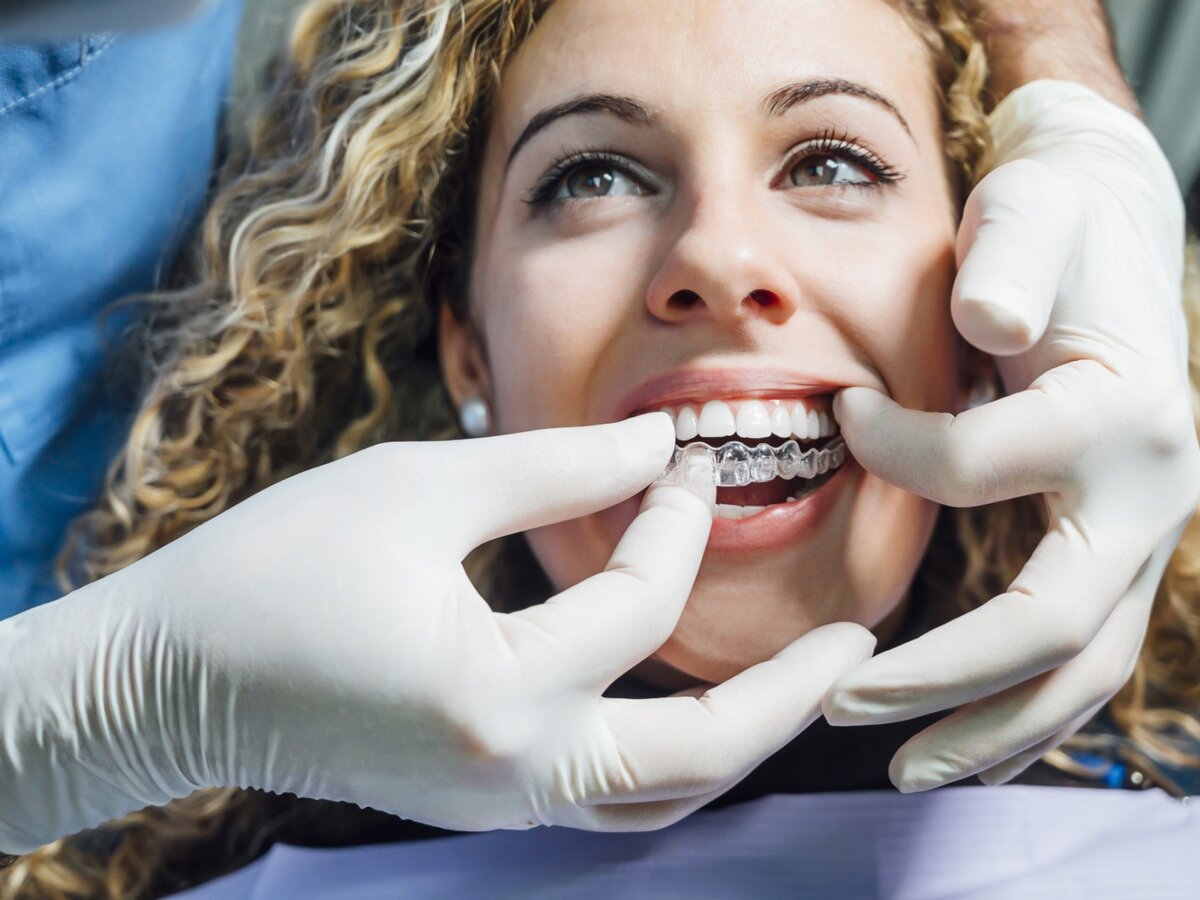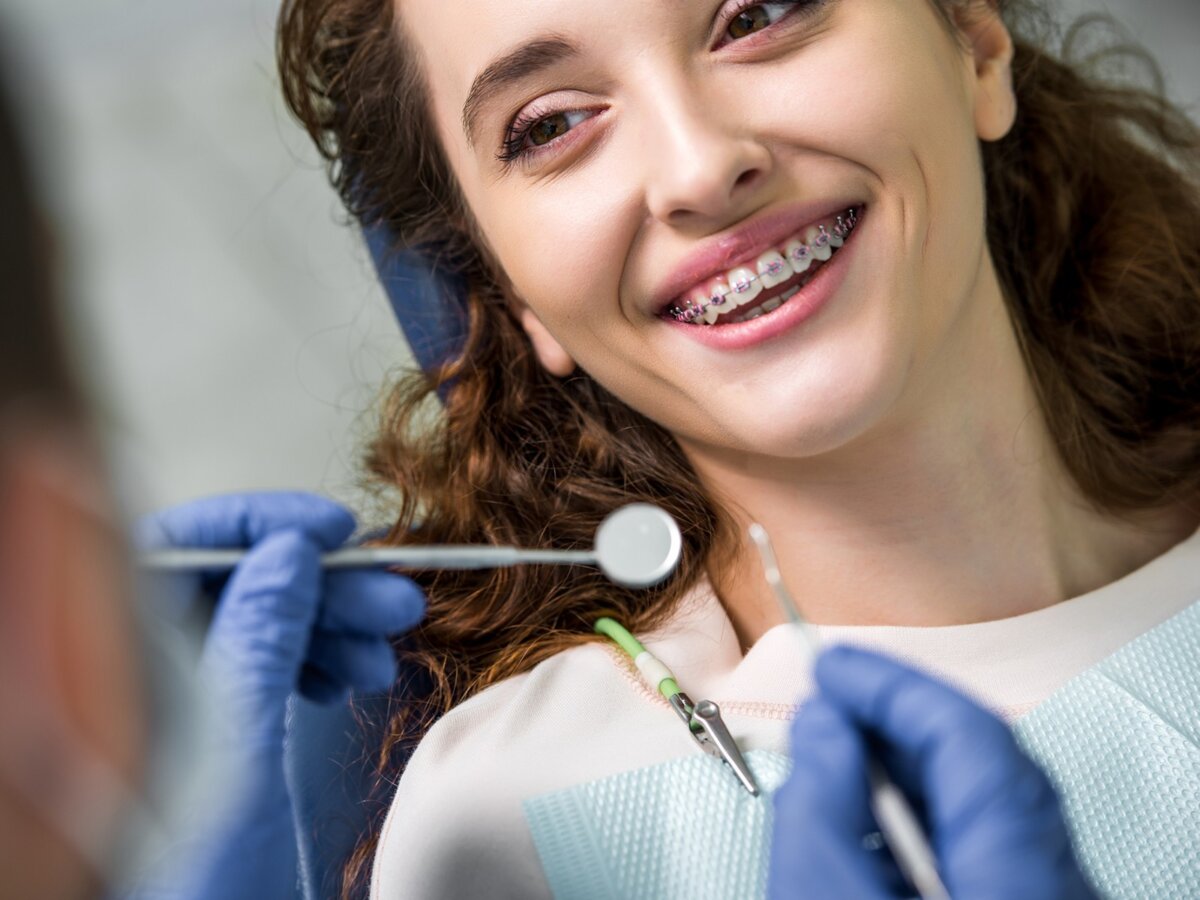Invisalign can get you perfectly aligned teeth without making your braces look conspicuous. Invisalign are clear braces that you can remove for eating and drinking and can happily wear to parties, sports, and other events without worrying about how your teeth look.
One of the biggest reasons for Invisalign’s popularity comes from being practically invisible as well as having a shorter treatment time as compared to traditional metal braces. Reduced treatment time means patients can see the results in a shorter duration, which they find extremely rewarding.
If you just got Invisalign fitted on your teeth and are on your journey towards a perfect smile, you might have a lot of questions in your mind. Some concerns or queries most people will have at this time are “Would I need a retainer after the treatment is complete?” or “How long do I need to wear a retainer”, etc.
Let us find out what is required of you after finishing your Invisalign treatment.
Retainers After Invisalign Treatment
Once you have got our desired result from Invisalign and your teeth are correctly positioned, your orthodontist will advise you to wear a retainer. The retainer could be temporary or permanent based on what your orthodontist feels is best for you.
So, why the retainers?
- Invisalign puts gentle pressure on your teeth to push them in the right direction, and once that force is gone, your teeth will tend to move back to their original positions. This is especially true for growing kids and teenagers as their bones are not fully hardened, and they have a very high metabolic rate. Due to this, a retainer is a must.
- Invisalign retainers remind your teeth to maintain their positions after the active Invisalign treatment.
Types of Retainers:
There are mainly two types of retainers to choose from:
- Fixed or permanent retainer: For this, a small wire is placed on the back/inside surface of your front or/and back teeth. These retainers may be used for an indefinite period so that your teeth never get a chance to move back. The retainer is unobtrusive, and no one can see you are wearing it. Also, you will never lose the retainer as it is bonded to your teeth.
Removable retainers: These come in two forms:
-
- Hawley retainer: This is a traditional wire retainer.
- Clear retainer: This is often referred to as Essix or 3D retainer and looks like the Invisalign trays. In this, you can see the wire component from the outside, but the plus point is you can remove them when you wish to.
After Invisalign treatment, you must use retainers as advised by your orthodontist; else, your teeth will tend to shift back. The retainer could be a permanent or a removable one as advised or preferred by you and your orthodontist.
Schedule your appointment with a dentist today and get the treatment on time!






